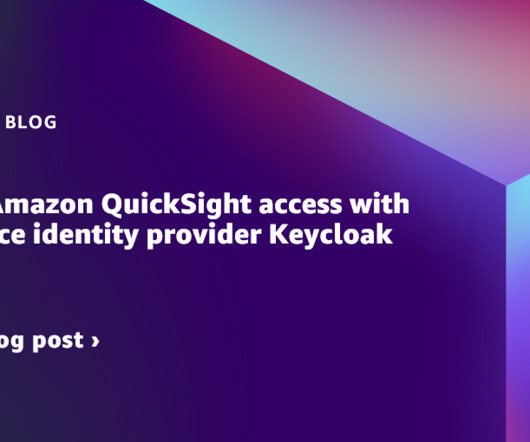Data architecture strategy for data quality
IBM Big Data Hub
JANUARY 5, 2023
The first generation of data architectures represented by enterprise data warehouse and business intelligence platforms were characterized by thousands of ETL jobs, tables, and reports that only a small group of specialized data engineers understood, resulting in an under-realized positive impact on the business.














Let's personalize your content